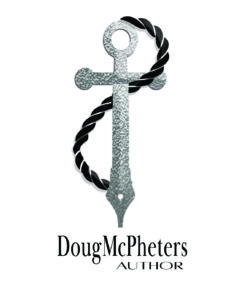If you saw last week’s blog, you’re aware there were serious prosecutions of Nazi sympathizers in Norway including many executions after World War II. Although several members of Parliament had reservations against a similar law in Finland, it passed with 129 to 12 votes, and was signed into law on September 12, 1945. It provided that:
Any member of the government, who made a decisive contribution to Finland’s accession to the war in 1941 on the side of Germany against the Soviet Union, or the United Kingdom of Great Britain and Northern Ireland, or during the course of the war prevented peace, may for abusing the position to the detriment of the state be sentenced to imprisonment, hard labor, or life imprisonment.
Finnish Prime Minister Juho Kusti Paasikivion, on November 6, 1945, declared that prosecution be brought under the “Act on Punishment of Those Responsible for the War,” against former Finnish government leaders. A special court was established: the War Guilt Tribunal. (2 § Lagen om bestraffning av de krigsansvariga.) The Tribunal was made up of members of the Supreme Court, the Administrative Supreme Court, Faculty of the Helsinki Law School, and Members of the Finnish Parliament. Eight men were charged with the crime that became commonly known as “war guilt”:
The specific crimes that they were tried included declaring war using Ryti’s emergency powers without first consulting the Finnish Parliament. The men were thus not tried for crimes against humanity, or international war crimes, but rather for making the war go on longer than necessary by signing the above-mentioned agreement with Germany. President Ryti claimed the reason for not involving the Parliament was to be legally able to leave the agreement as soon as the necessary weapons had been received.
The trial started on November 15, 1945, and a final verdict (deemed not severe enough) was delivered on February 21, 1946. Instead, on February 21, 1946, the court re-issued a conviction and all men were sentenced to imprisonment or forced labor, for terms ranging from 10 years at hard labor to 2 years imprisonment but no executions.
Members of Parliament have brought up the issue of rescinding the verdicts several times, including in 1992 In 2008, a descendant of Väinö Tanner asked the Finnish Supreme Court to rescind the verdicts, but the Court refused to overturn the convictions, as it specifically lacked jurisdiction over the case. The case was also brought before the European Court of Human Rights, which found that no injury could be argued by the descendant.
In 2010, the Finnish Justice Ministry prepared a report finding that the war trial procedure violated many of the principles of the rule of law. Specifically, the Justice Ministry found that the “Act on Punishment of Those Responsible for the War” violated the prohibition on retroactivity in criminal law and the prohibition on temporary courts. In addition, the principle of presumption of innocence was not upheld during the trials, and the defendants were limited to how they could defend themselves. The Justice Ministry also found that the court was subject to foreign influence in how it should decide the case and several of the judges were clearly biased against the defendants. They also found, in comparison to other sentences for war guilt crimes of the 1940s, that those received by the Finnish leaders were less severe.
@https://blogs.loc.gov/law/2021/02/75-years-since-the-finnish-war-trials
#findlandswinterwar, #nazishelpfinland, #warguilt, #punishofficials






